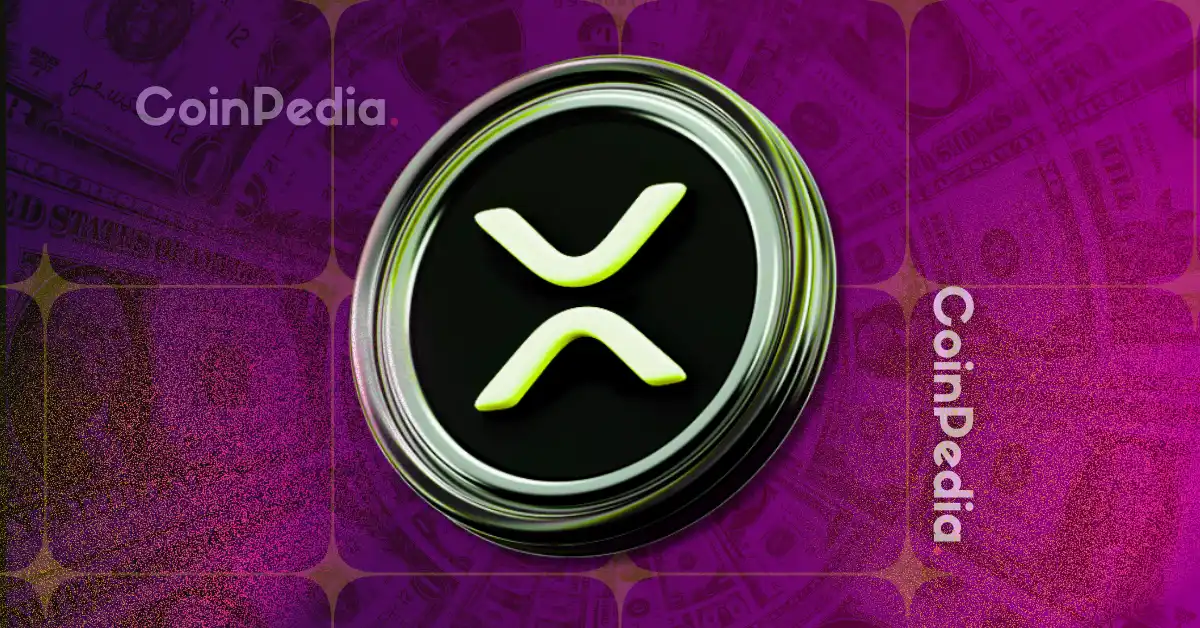Decoding XRP’s Price Dip: A Comprehensive Analysis
Introduction
The cryptocurrency market is known for its volatility, and XRP, the digital asset associated with Ripple, has not been immune to this characteristic. Recent price fluctuations have left investors and enthusiasts seeking answers. This report delves into the multifaceted reasons behind XRP’s recent downturn, examining market dynamics, regulatory developments, technological factors, and broader economic influences.
Market Dynamics and Profit-Taking
Profit-Taking and Market Correction
One of the primary drivers behind XRP’s price decline is profit-taking. After a period of significant gains, where XRP experienced substantial rallies, many investors chose to secure their profits. This behavior is typical in volatile markets like cryptocurrencies. The surge in selling pressure from profit-taking activities inevitably leads to a price correction. As noted by Coinpedia, the recent drop appears to be driven by a mix of profit-taking and natural resistance near historical highs.
Altcoin Momentum and Market Weakness
The broader cryptocurrency market’s performance significantly influences individual assets like XRP. If the overall altcoin market loses momentum, XRP often follows suit. General market weakness can stem from various factors, including negative news, regulatory concerns, or macroeconomic uncertainties. When investors become risk-averse, they tend to reduce their exposure to cryptocurrencies, leading to a decline in prices across the board. As highlighted, the pullback is largely attributed to broader market weakness.
Regulatory and Legal Factors
SEC Uncertainty and Regulatory Limbo
Regulatory scrutiny, particularly from the U.S. Securities and Exchange Commission (SEC), has been a persistent headwind for XRP. The ongoing legal battle between Ripple and the SEC introduces uncertainty, making investors cautious. The SEC’s allegations that Ripple conducted an unregistered securities offering have cast a shadow over XRP’s future. Any delays or negative developments in the case can trigger sell-offs. Binance and other sources point to the ongoing complications in the Ripple vs SEC settlement as a significant influence.
Spot ETF Approval Concerns
The SEC’s hesitancy in approving spot Bitcoin ETFs has further dampened market sentiment. The delay in approving Bitwise’s crypto index fund conversion to an ETF signals a cautious approach by the SEC towards crypto-related investment products. This caution extends to other cryptocurrencies, including XRP, as investors become less optimistic about potential regulatory approvals. The lack of progress in ETF approvals contributes to bearish sentiment around XRP.
Macroeconomic Influences
Economic Contraction
Macroeconomic factors also play a crucial role in XRP’s price movements. Economic contraction can lead to decreased investor confidence and reduced capital flow into riskier assets like cryptocurrencies. Reports indicating unexpected contractions in major economies can trigger market downturns. The decline in economic activity often results in investors re-evaluating their portfolios and reducing exposure to volatile assets. XRP’s price has been weighed down by economic contraction layered on top of regulatory limbo.
Interest Rates and Inflation
Rising interest rates and inflation concerns can impact the cryptocurrency market. Higher interest rates make traditional investments more attractive, drawing capital away from riskier assets like XRP. Inflation erodes the purchasing power of fiat currencies, potentially driving some investors towards cryptocurrencies as a hedge. However, the overall impact depends on market perception and how well cryptocurrencies are seen as inflation hedges.
Technological and Network-Specific Factors
Blockchain Use and Network Activity
The level of activity on the XRP Ledger can influence its price. A decrease in blockchain use suggests less demand for XRP, which can lead to a price decline. Factors such as reduced transaction volumes or a decrease in active accounts can signal waning interest in the XRP network. A dramatic reduction in blockchain use has been a factor in XRP’s recent price decline.
Technological Developments and Adoption
Technological advancements and adoption rates are critical for the long-term success of any cryptocurrency. Slow adoption of XRP for real-world applications and cross-border payments can hinder its growth potential. Competing technologies and platforms also pose a threat. The market’s perception of XRP’s technological competitiveness plays a significant role in its price.
Competitive Landscape
Stablecoin Market Concerns
Ripple’s foray into the stablecoin market with RLUSD faces competition from established players and new initiatives. JPMorgan’s digital dollar project poses a challenge to Ripple’s stablecoin ambitions. Concerns about Ripple’s ability to compete in the global stablecoin market can negatively impact investor sentiment toward XRP.
Competition from Other Cryptocurrencies
The cryptocurrency market is highly competitive, with numerous projects vying for dominance. The emergence of new and innovative blockchain technologies can draw attention and investment away from XRP. Staying ahead of the competition requires continuous innovation and strategic partnerships.
Sentiment Analysis and Market Psychology
Fear, Uncertainty, and Doubt (FUD)
Market sentiment can significantly influence XRP’s price. Negative news, rumors, and FUD can trigger panic selling, leading to sharp price declines. Social media and online forums play a crucial role in shaping market sentiment. Managing investor expectations and addressing concerns is vital for maintaining market confidence.
Whale Activity and Institutional Liquidations
Large-scale selling by whales (major cryptocurrency holders) can exert downward pressure on XRP’s price. Institutional liquidations, where large financial institutions sell off their cryptocurrency holdings, can also trigger market downturns. Monitoring whale activity and institutional movements provides insights into potential market trends. The sharp decline occurred on elevated trading volumes, suggesting institutional liquidations.
Conclusion: Navigating XRP’s Price Volatility
In summary, XRP’s recent price decline is attributable to a confluence of factors, including profit-taking, broader market weakness, regulatory uncertainties, macroeconomic pressures, technological factors, competitive dynamics, and market sentiment. Understanding these elements is crucial for investors seeking to navigate the volatile cryptocurrency market. By staying informed and considering these factors, investors can make more informed decisions and better manage their risk exposure in the dynamic world of digital assets. The future of XRP hinges on regulatory clarity, technological innovation, and its ability to adapt to the evolving cryptocurrency landscape.











